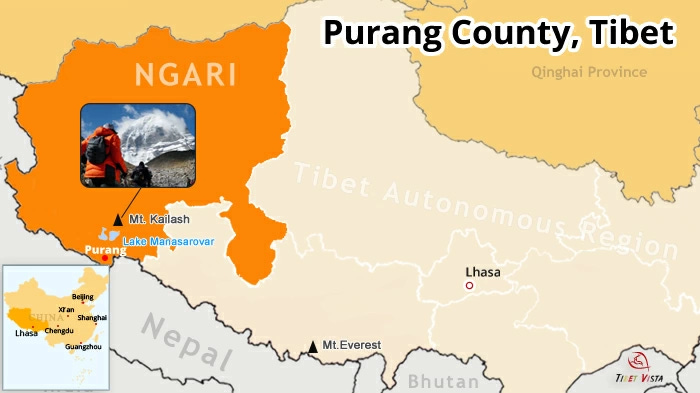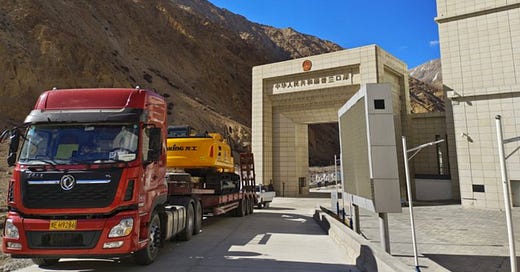Inside China’s Purang Border: Nepali Traders, Ancient Trails, and a New Trade Hub
Translation of People's Daily article on the daily life and cross-border trade at Purang, a China–Nepal border town shaped by historic routes, cultural exchange, and evolving economic activity.
Written by Fan Lingzhi and Zhao Juecheng of Global Times and Zhang Bolan and Xian Gan of People’s Daily and published on May 28, 2025, this article explores the transformation of Purang, a border town in Tibet, from historic trading outpost into a modern hub for Nepal-China trade through personal stories of Nepali migrants in the border town.

"Has your father ever told you about life in the 'Nepal Building'(尼泊尔大厦)?" A Chinese journalist posted this question on social media, and not long after, a young Nepali man named Ramjan Singh (拉姆詹·辛格)replied with a short video. In the clip, he recalled the hardships his father had endured, his face clouded with sorrow.
As it turns out, the so-called "Nepal Building" isn't a building at all. It refers to a cluster of caves carved into a steep mountainside north of Purang County, in the Ngari Prefecture of Tibet. In earlier years, Nepalis who came to Purang for odd jobs often made these caves their temporary homes.
The journalist met Singh and a few other young Nepalis in Purang. During the visit, it became clear that they no longer live in caves like their fathers once did. Instead, they now reside in modest houses at the foot of the "Nepal Building" cliffs. Though their living conditions remain simple, they carry brighter hopes for the future. Just across the river from their homes lies the newly revitalized Purang Tangka Border Trade Market — once a humble trading post, it has now grown into a vital hub along the historic "Salt and Sheep Trail,"( 盐羊古道) opening up fresh possibilities for cross-border exchanges between China and Nepal.
A full access to The Araniko Project unlocks nuanced perspectives on China’s overall influence in Nepal — through the lens of history, art, society, politics and economics. Consider going paid — not just to explore the deep and layered history of Nepal–China relations in art, society, and culture, but to better understand how a global superpower continues to shape Nepal today, and how Nepal engages with China.
Join us on the other side of paywall. Readers abroad can click on the link below, while readers in China can contact us via email to pay via WeChat/Alipay and readers in Nepal can click here on becoming a paid subscriber.



